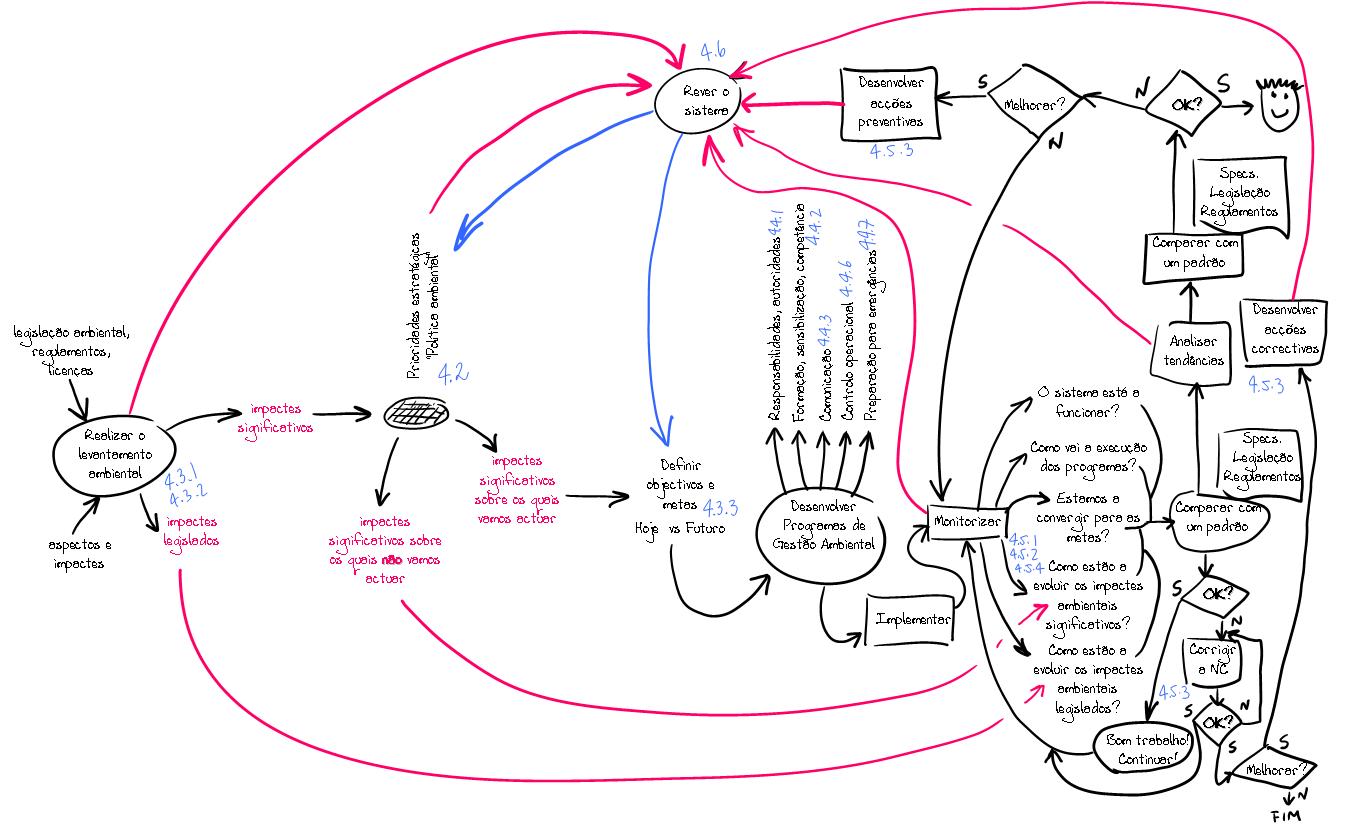"the world of "fast fashion"O fim das 2 épocas por ano (52 épocas por ano aqui e aqui):
...
"The products are very, very cheap," ... "The design is pretty attractive. And if you walk into the store, I think, for a lot of consumers, it's virtually impossible to walk out empty-handed."
...
constantly turning over their merchandise, introducing ever-trendier clothing and feeding their customers' desire for novelty.
.
"We want to surprise the customers,"
...
Much of H&M's clothing is so inexpensive... that consumers can afford to buy it in quantities that wouldn't have begun to fit in our grandparents' armoires. It's so cheap that it isn't even worth returning if we get home and decide we don't like it,
...
But despite the low prices, fast fashion chains can be enormously profitable.
...
How can these stores make so much money selling $10 shirts? Mostly because of volume. ... "They put a small markup on the clothes and earn their profit out of selling an ocean of clothing.""
"Meanwhile, computer technology transformed the entire process, enabling retailers to design, manufacture and ship products much faster and more efficiently. At one time, the fashion industry worked around a two-season calendar that unfolded at a predictable pace.Um ponto fraco do modelo que pode crescer e obrigar a repensar muita coisa:
...
A relentless drive for speed now characterizes the industry. Chains like Zara are so fast, they can design, manufacture and get clothing onto store shelves in a month. Customers can now easily see the latest fashions online and have become conditioned to expect a constant stream of trendy new styles from retailers."
"'Landfill Fashion'.Recordar o que escreveram no texto referido na primeira hiperligação:
Poor quality has turned the fast fashion label into something of a pejorative, so much so that chains like Uniqlo and H&M now reject the term altogether.
.
there's a growing public consensus that the mass production of so much cheap clothing is an enormous waste of resources such as fuel and water. While many people donate their clothing to charities and consignment shops, fast fashion tends to be so cheaply made that no one wants to buy it, she notes. Instead, it gets recycled into industrial rags and insulation, or even thrown out altogether — generating the term "landfill fashion."
.
The fast fashion model may be cracking in other ways, too. Factory workers in China, where a lot of clothing is manufactured, are increasingly pressing for higher wages.
.
Companies have responded by moving production into places where wages are even lower, like Bangladesh. (Moi ici: Recordar o efeito do "banhista gordo") But such countries lack the sophisticated manufacturing infrastructure of China, and in the rush to fill the void, tragedy has sometimes ensued.
...
The industry will no doubt adapt over time, but the days when fashion gets faster and cheaper every year are probably at an end."
"El low cost necesita una reinvención, sin dejar de ser estrategia a bajo coste. Creo que la solución no va por bajar más los precios, sino competir haciendo mejores productos y mejores tiendas a precios razonables pero no ridículos, para poder ofrecer una experiencia al consumidor."O que recomendo às empresas neste sector: invistam em pensar que cenários podem vir a encontrar no futuro e preparem-se com antecedência para eles.













